“Leave me alone. I know what I’m doing.” So said Kimi Raikkonen in 2012, driving this very car to victory at the Abu Dhabi Grand Prix.
Kimi may well have known what he was doing, but that’s certainly not the case with the car’s latest incumbent: me.
The Lotus E20, now re-liveried in 2017 Renault colours, was also driven by Robert Kubica several times last year during his comeback attempt in its new life as a demo car run by French racing academy Winfield, which is based at Circuit Paul Ricard, where we’ve come to drive it.
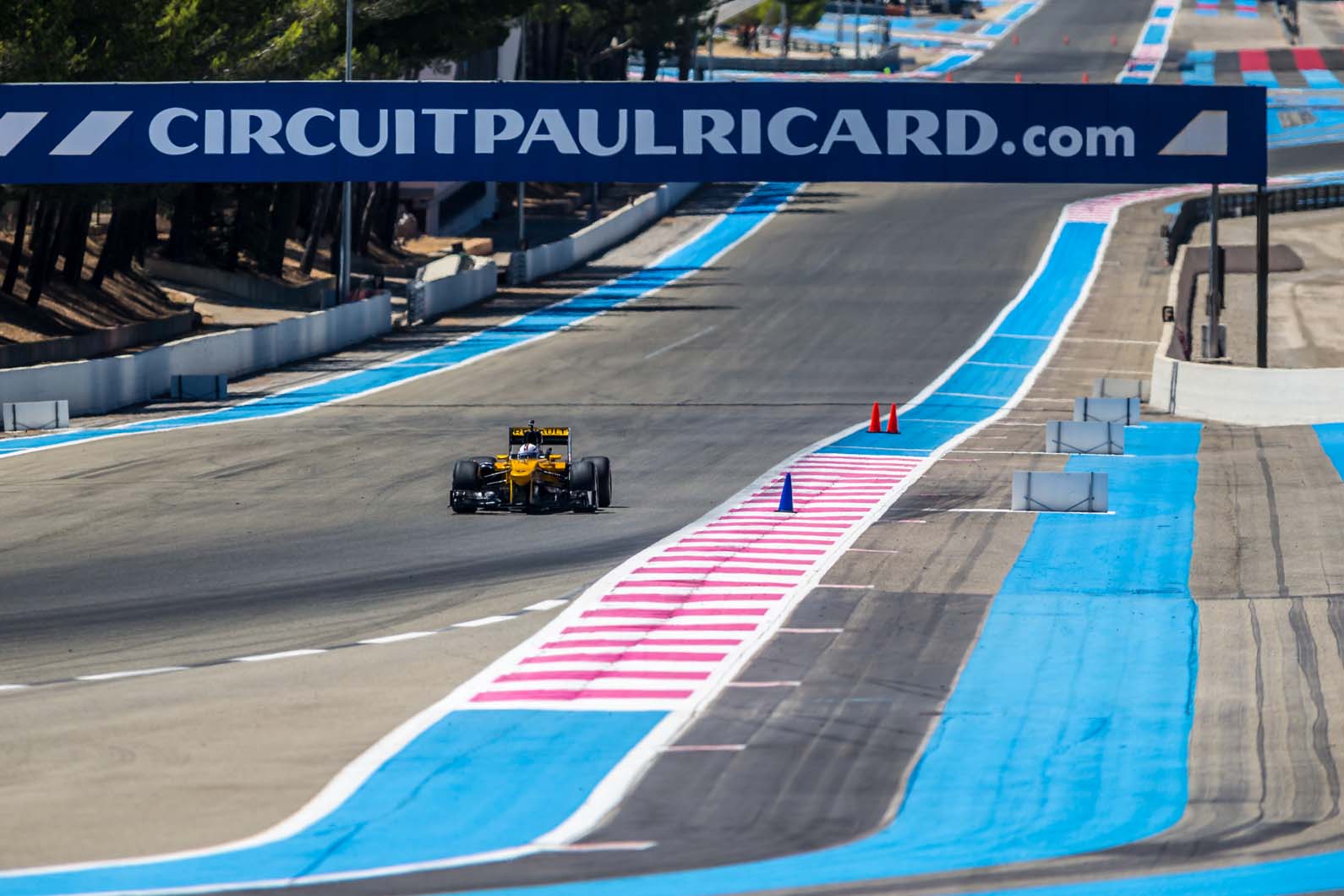
Before that can happen, though, there are five safety briefings and three practice sessions in a Formula Renault 2.0 car. With roughly 750bhp, the E20 has nearly four times the power of the 2.0 car while weighing in at a mere 640kg. Beyond learning the way around the track, there’s little from the Formula Renault car that can prepare me for what lies ahead as I feel the harness straps being tightened in the Formula 1 car.
My first impression is just how snug the F1 car feels from behind the wheel. I’m lying in the pre-moulded seat, knees bent, looking over the foam-lined long nose in which my legs are resting. The pedals feel both chunky and dependable. Following the slightly disturbing drill of the external starter motor, the extremely delicate 2.4-litre Renault V8 is roared into life. The modern 1.6-litre turbo F1 car doesn’t sound this good, although inside I hear only a faint, constant thumping noise through the silencing radio earplugs.
As the tyre blankets are pulled off and the jacks go down, the chief engineer instructs me by team radio how to get the car rolling: hold the dinky clutch paddle behind the wheel, release it extremely gradually to get the wheels rolling and keep it there while gaining some momentum – then add some throttle and shift into second using the right paddle. As I’m leaving the pits, my heartbeat seems to reach its climax already: I’m driving a bloody F1 car. I take it very easy through the first couple of corners, which include an S-shaped double chicane leading onto the back straight.
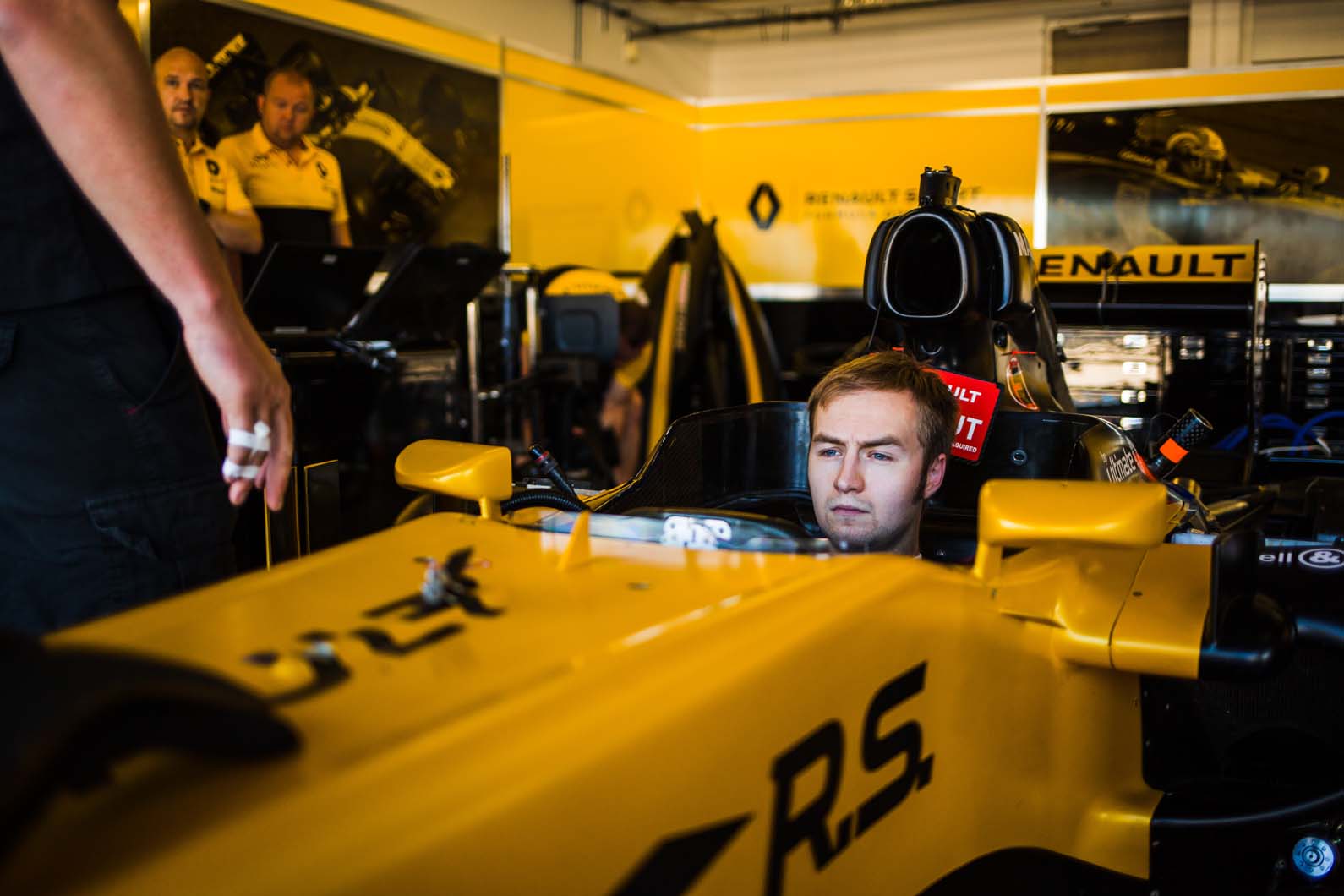
After that, time to punch it. I respect the strict directive to “never shift up below 10,000 revs” by whipping it up all the way to 17,000rpm through each of the six available gears. The last 1000rpm and seventh gear are reserved for use by professional race drivers only, as are the button- activated kinetic energy recovery and drag reduction systems. Still, I make sure to shift up only when the coloured light bar on my wheel is completely lit–accompanied by a subtle yet clearly audible electronic beep over the intercom.
The acceleration is incomparable to anything I’ve experienced before. Not so much at low speeds, where it seems to lag a tiny bit – possibly due to the traction control, for guest drivers. But the way this machine keeps raising its speed past 80mph is staggering, most notably through medium-speed corners. It doesn’t feel daunting to get around corners at all, in part thanks to the power steering. In fact, it’s quite comfortable. The ride is far more sophisticated than the rumbling and shaking Formula Renault 2.0 car, for instance. The only ‘distraction’ is the invisible force that keeps attempting to rip my helmeted head off my body as I reach speeds of up to 170mph on the straights.
Braking is more of a challenge.
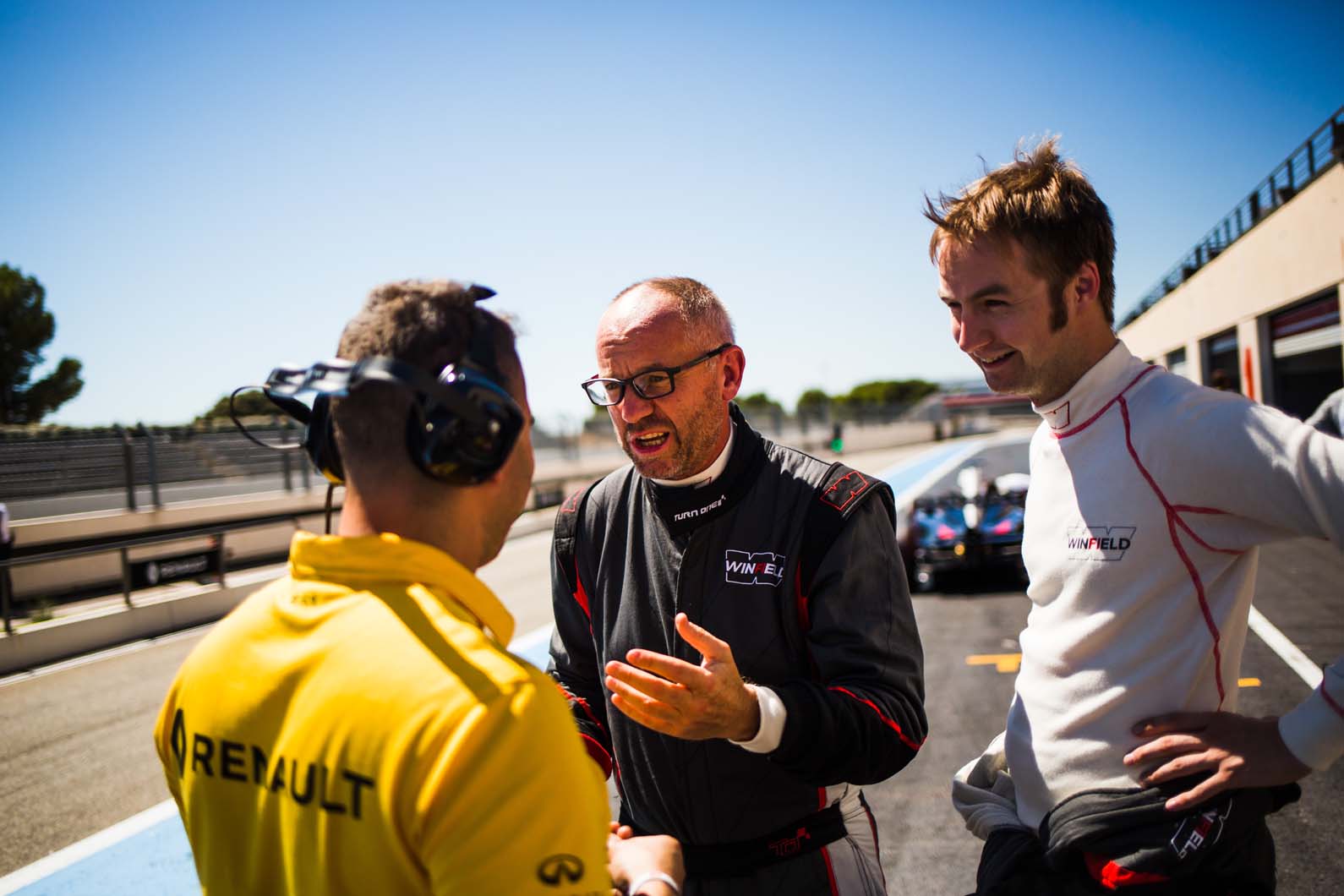
I manage to resist activating the carbon brakes at the 150m countdown sign for the corner entry, but bail out at 100m. True pros can go as late as 80m. That said, they do so by exerting loads of over 200kg on the brake pedal, whereas I can hardly manage half of that.
There’s the downforce in play, too, even for an amateur driver like me, during the blisteringly quick right- hander called Signes. Again, unlike professional F1 drivers, I daren’t enter it flat out, but I certainly sense the ‘magical force’ pushing the car down as I urge it forward through the approaching bend.
As I’m required to enter the pits after just three laps, I realise how fast the whole experience has flashed by.
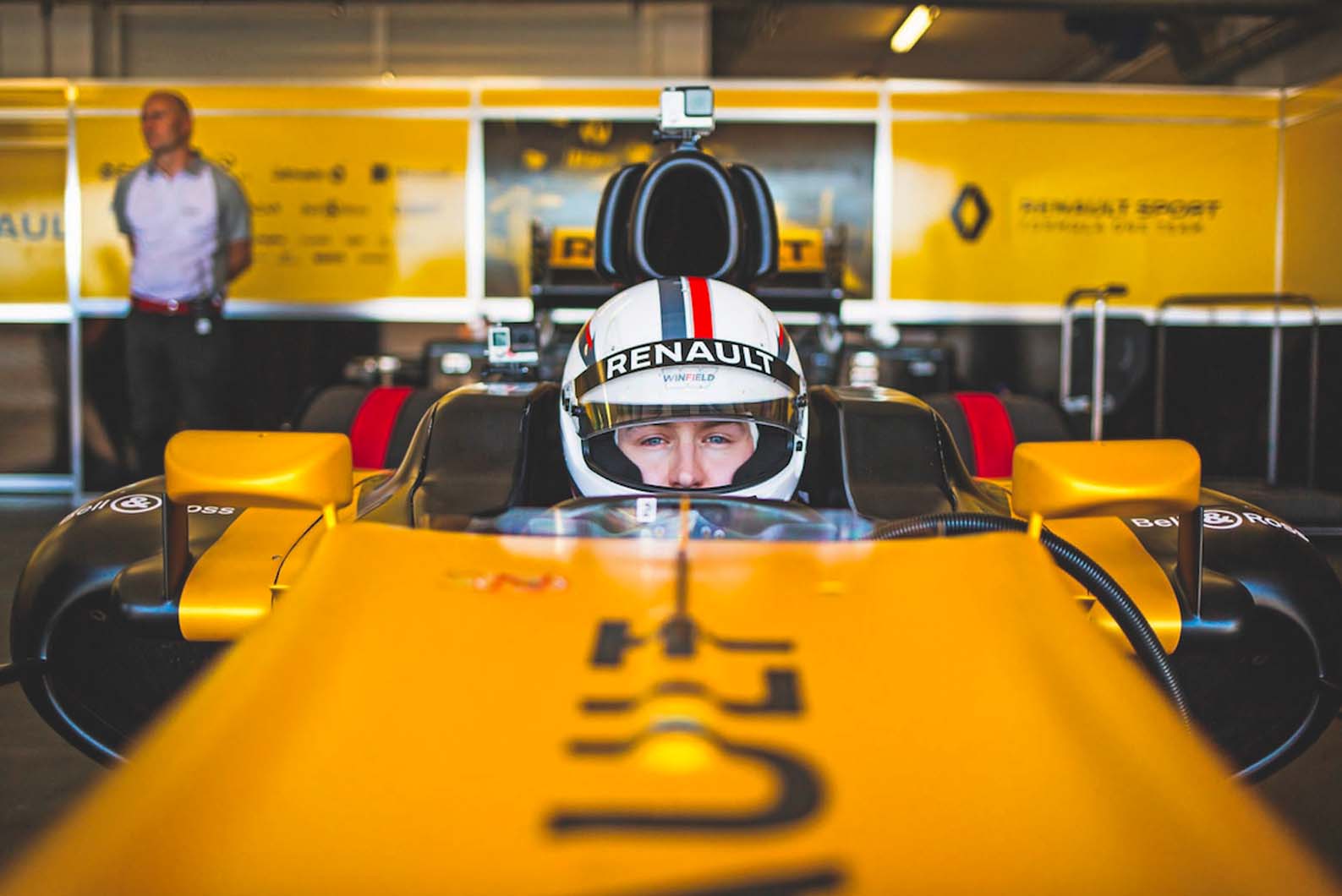
At the same time, I struggle to imagine how contemporary grand prix drivers at those speeds manage the myriad of settings such as engine mapping, brake balance and differential settings – not to mention the added complexity of current- spec hybrid powertrains – while maintaining their focus on racing for nearly two hours.
Kimi, you really do know what you’re doing.
Joe van Burik
Read more
Porsche smashes all-time Nürburgring record

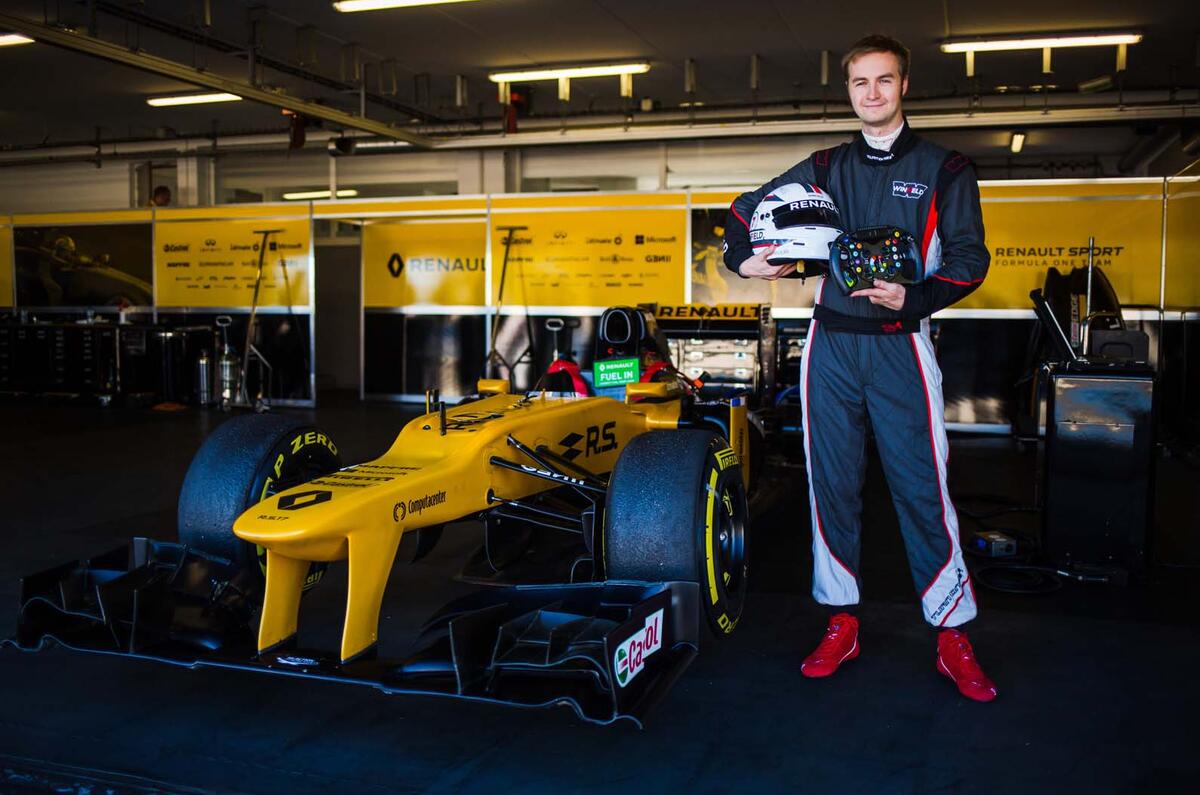

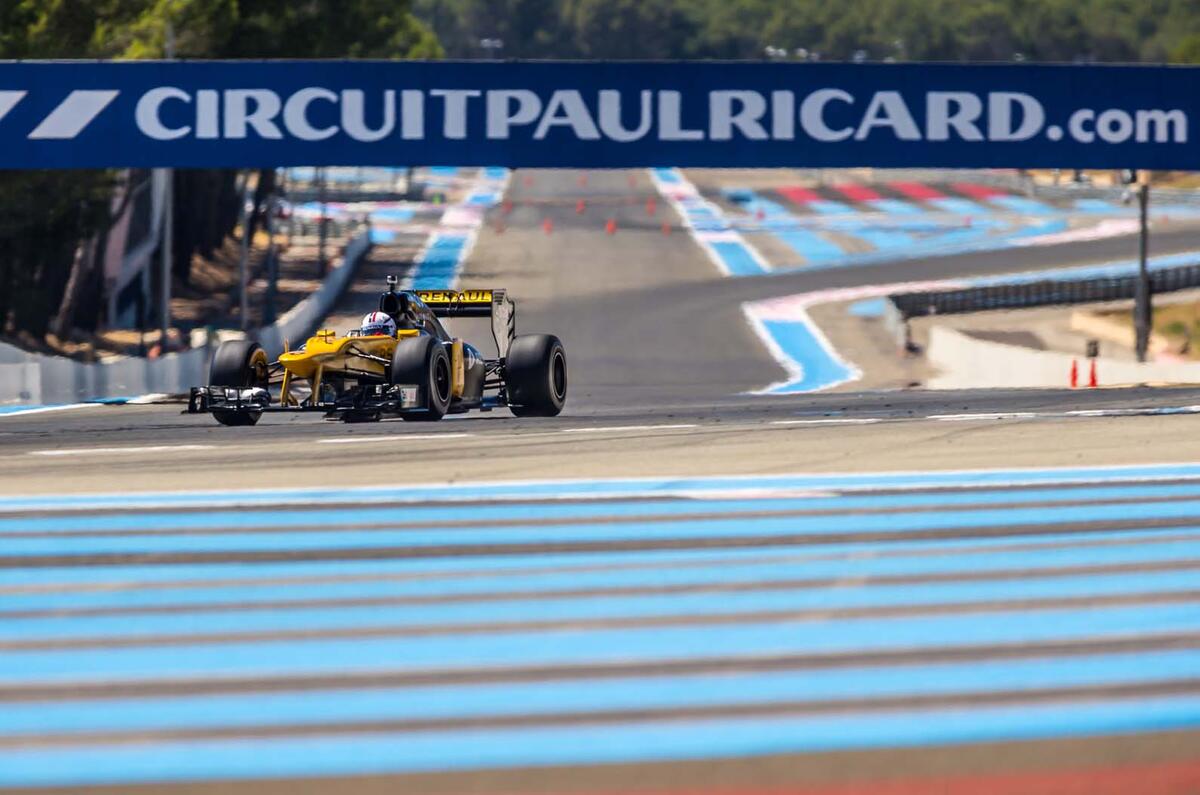
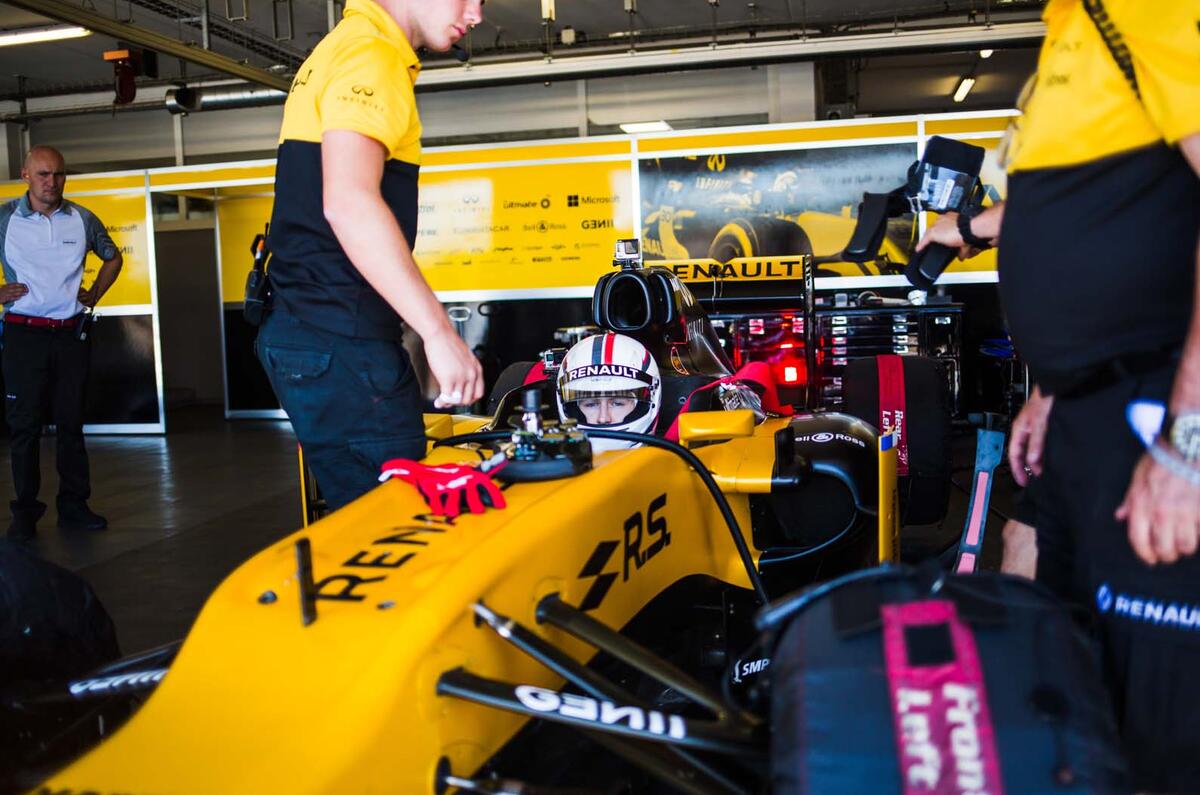
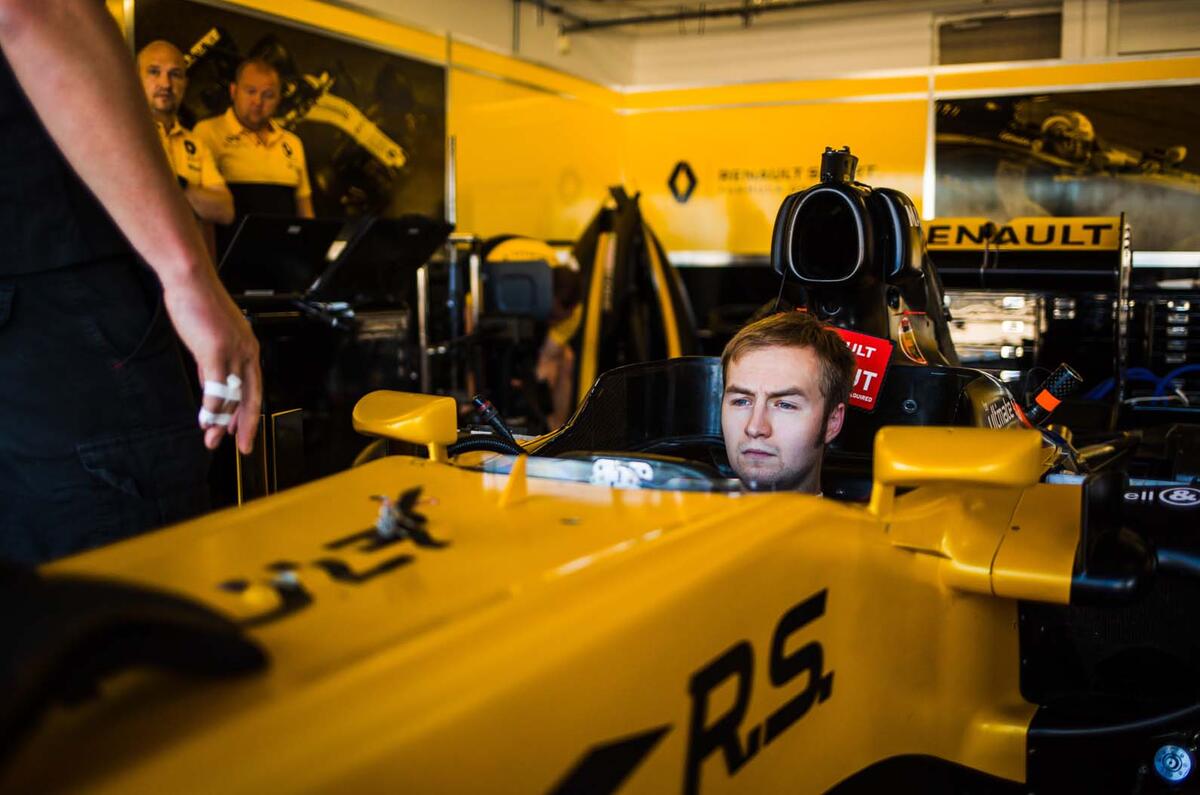
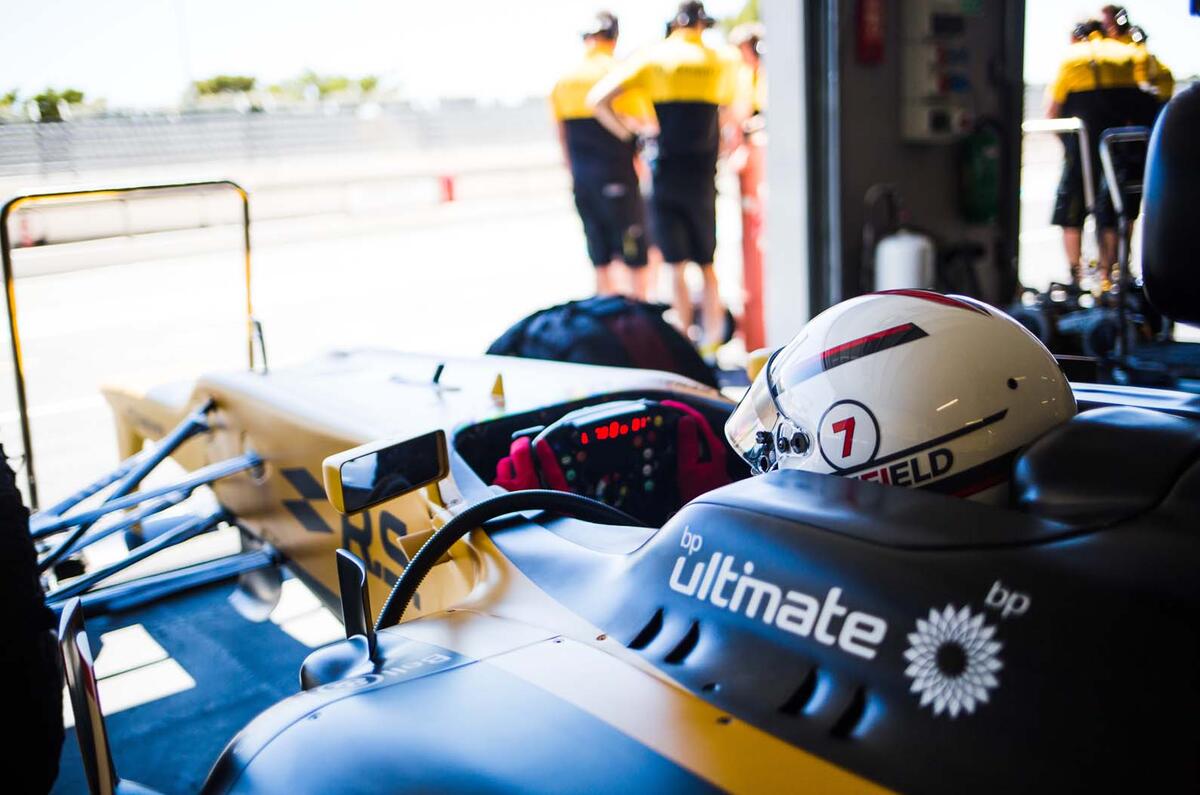
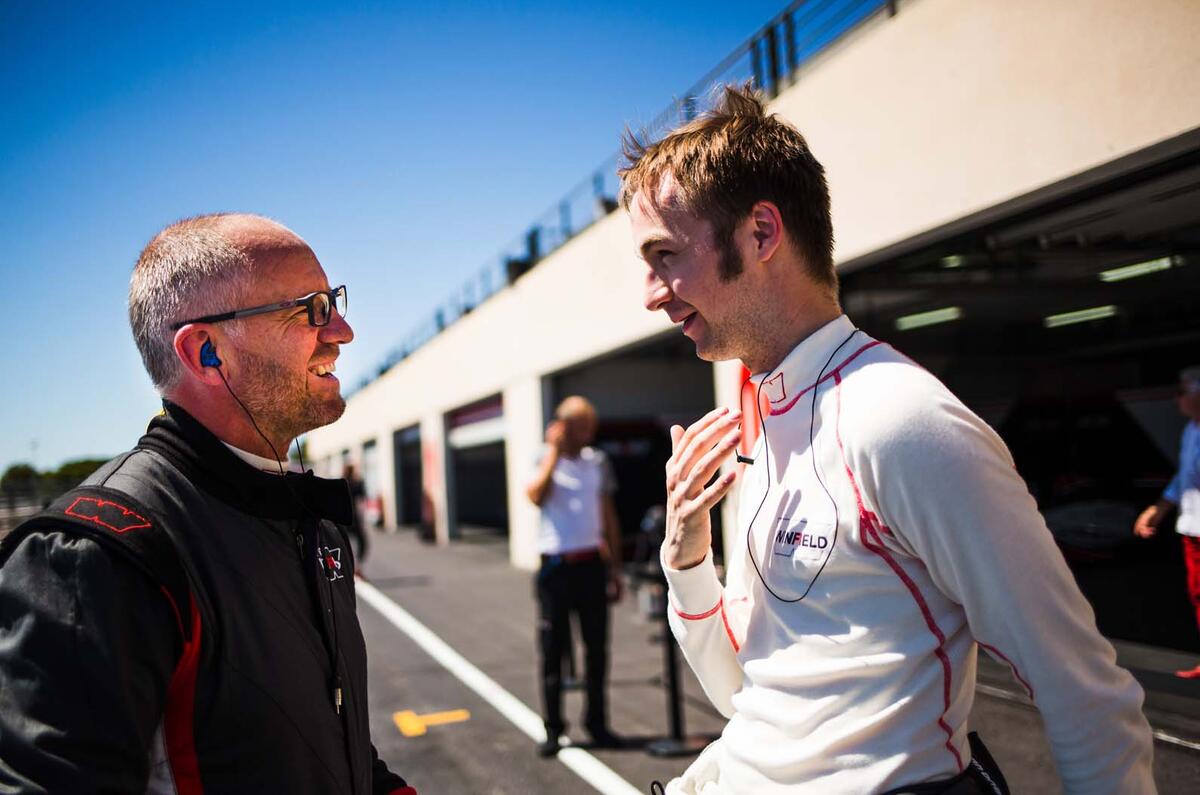
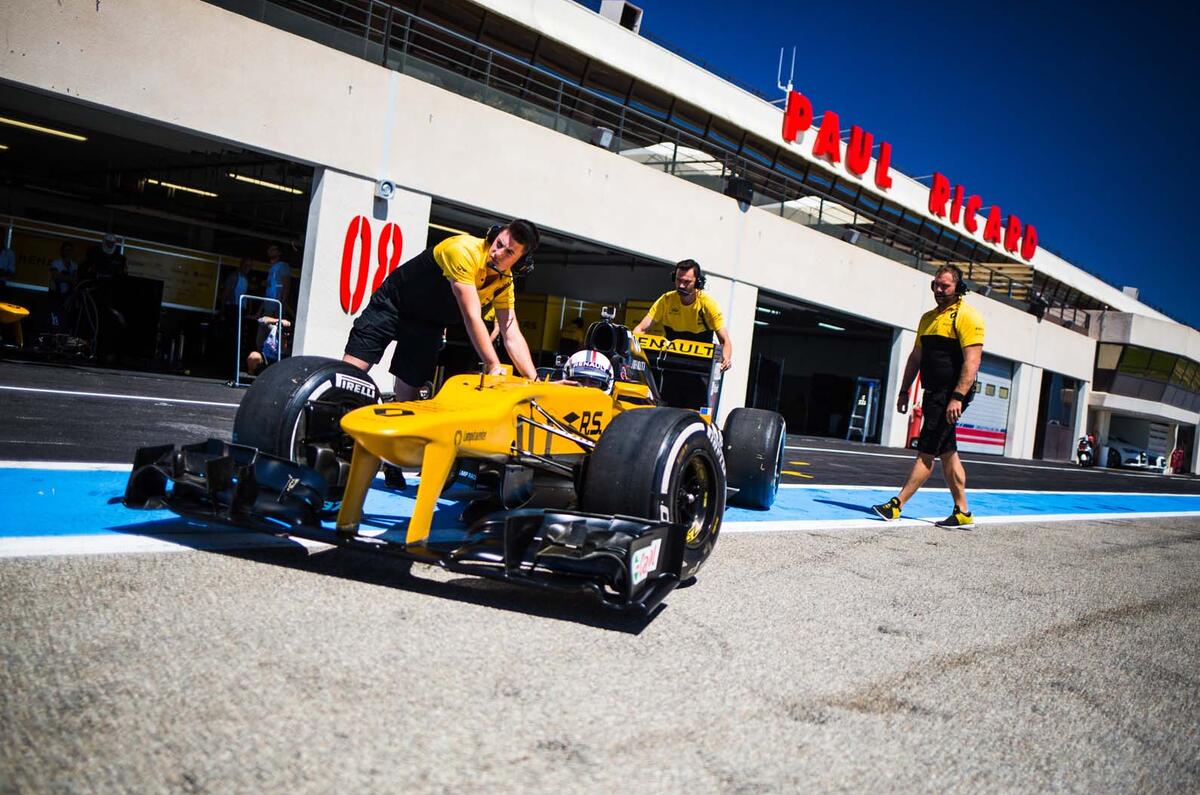
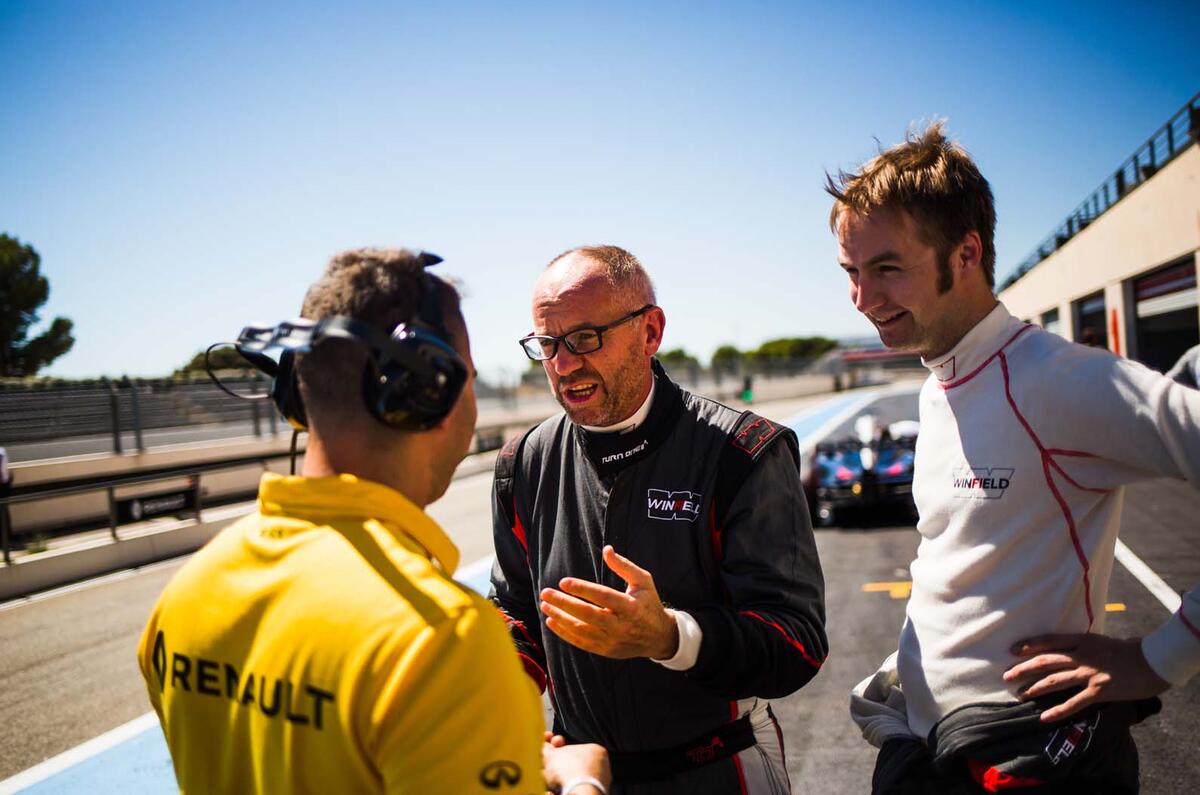
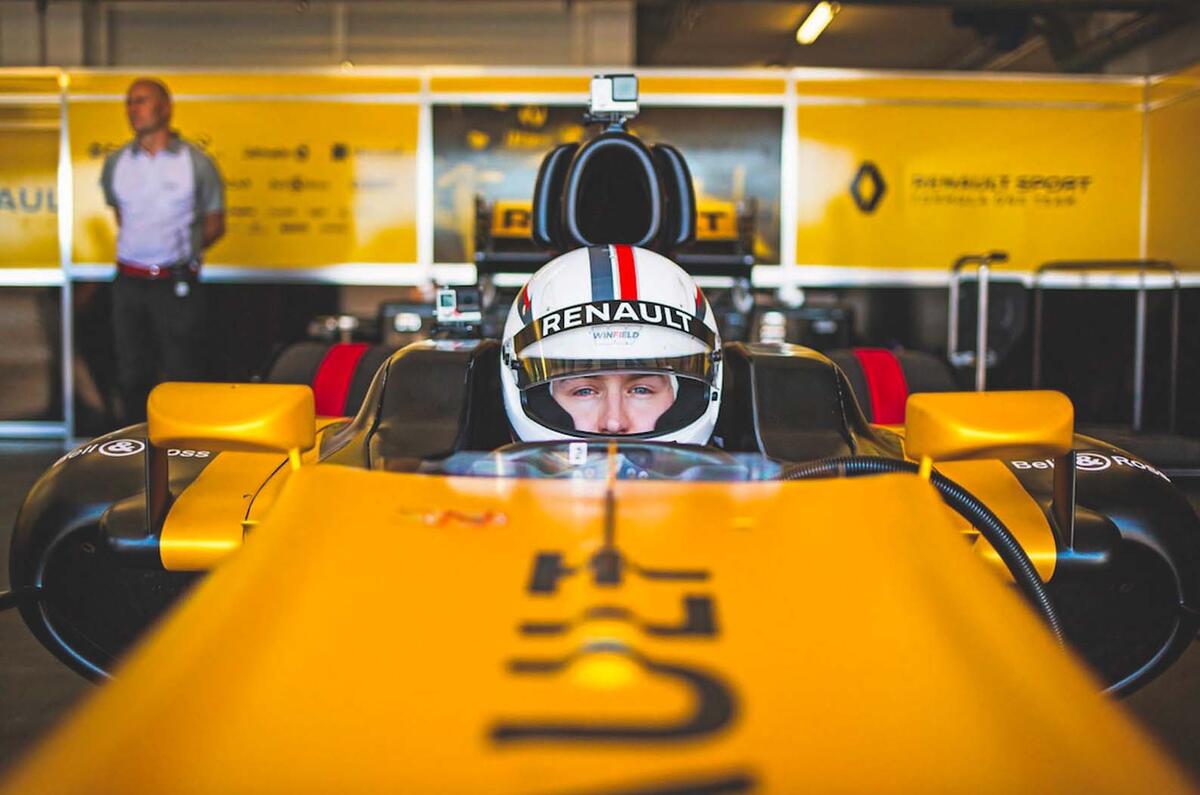
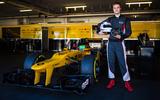
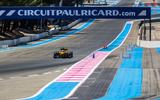
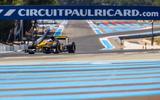
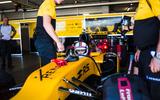
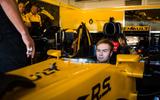
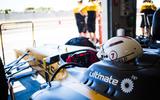

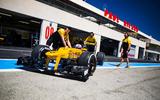
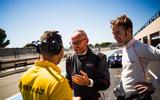
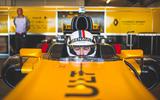


Join the debate
Add your comment
Hammond was rubbish then..?
Yep, I think Hammond bottled it....
Ever wondered what’s it like to drive a Formula 1 car that’s qui
very similar to every other car in the same race is my guess
Wonder which F1 "brain surgeon" set the time...
...of today's race so that the second half clashes with the world cup?